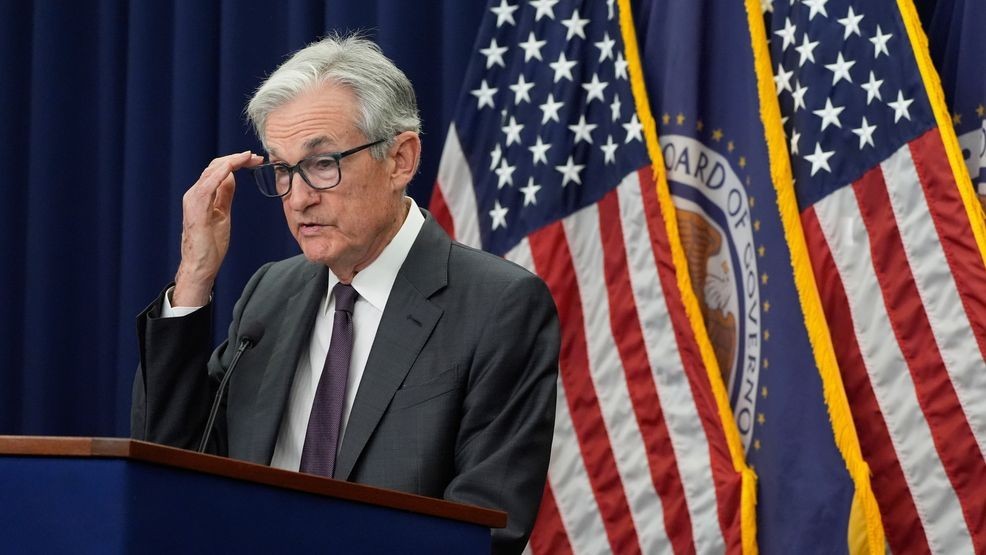WASHINGTON (TNND) — Last week’s surprisingly poor jobs report and massive downward revisions to previous months’ data have spurred renewed pressure on the Federal Reserve to cut interest rates to give the economy a boost under the weight of expansive tariffs and clouded with uncertainties about the future.
The Fed kept its benchmark interest rate steady for the fifth consecutive meeting last week as it maintained its patient outlook on seeing what impact President Donald Trump’s tariff regime will have on the economy with a “solid” labor market and generally healthy economy despite some cracks emerging.
Then came the July jobs report, which showed the U.S. added just 73,000 jobs in July, well below economists’ expectations. But the bigger jolt was massive downward revisions from May and June that wiped out 258,000 jobs that had helped make the case for a solid labor market despite tariff uncertainty.
The revisions were the biggest since May of 2020 and led President Donald Trump to fire the head of the government agency that oversees the report over claims of politicizing the data, creating fresh uncertainty to navigate amid questions about who will replace her and the reliability of the data moving forward.
Investors and analysts also see the surprisingly week jobs report as an indication the odds of an interest rate cut at the Federal Open Market Committee’s September meeting have shot up. Fed chair Jerome Powell said at his post-meeting press conference last week that the labor market was “solid,” with low unemployment and steady job gains and helped the case to move slowly on rate cuts as the central bank tries to make sense of what tariffs will do to inflation and the economy.
But the data for June now throws that assessment into question with job creation plummeting over the last three months, raising questions about the stability of the labor market moving forward even with unemployment at a low 4.2%. Most of the job gains have been concentrated in health and social services that are not as affected by economic swings and the participation rate has fallen in a signal of a weakening labor market.
Economic growth has also stalled out in the first six months of the year as companies and consumers have tried to adjust on the fly to frequently changing tariff threats and unknowns about what the future will bring.
“It all looks very shaky. We’ve had some really good corporate earnings in some areas, but it’s mostly technology or growing-type areas, we haven’t seen banger earnings out of traditional Coca Cola-type companies,” said Russell Rhoads, a clinical associate professor of financial management at Indiana University’s Kelley School of Business. “That’s a better indication as to what’s going on with the overall economy, especially because we’re such a consumer-driven economy.”
Fears of a stalling labor market were drivers of dissents from governors Christopher Waller and Michelle Bowman, who had argued the Fed should have cut rates by a quarter-point at the July meeting.
“While the labor market looks fine on the surface, once we account for expected data revisions, private-sector payroll growth is near stall speed, and other data suggest that the downside risks to the labor market have increased. With underlying inflation near target and the upside risks to inflation limited, we should not wait until the labor market deteriorates before we cut the policy rate,” Waller wrote in a statement.
Bowman’s statement also referenced a teetering labor market and argued inflation pressures are easing, and Trump’s tariffs are unlikely to become a persistent pressure.
“The labor market has become less dynamic and shows increasing signs of fragility,” Bowman wrote, noting businesses reducing hiring and gains being centered in a narrow set of industries.
The jobs report has also enhanced expectations from Wall Street of a September rate cut, with the probability jumping to 88% as of Tuesday, compared to less than 40% prior to its release, according to the CME FedWatch Tool. But the overall outlook on the long-term range for cuts has held mostly steady.
“You’ve seen this dramatic change for what’s going to happen in the near term, but there hasn’t been much of a change as to where the expectation is for rates at the bottom of this cycle, which would be at the end of next year,” Rhoads said. “It’s getting a lot of headlines, but in reality, it’s just accelerating what everybody was expecting.”
Fed officials are hesitant to put too much stock into a single economic report and will have another jobs report and two prints of the consumer price index prior to the September meeting. If the labor market were to bounce back and inflation picked back up, the central bank could be in a bind of its dual mandate of stable prices and maximum employment pulling it in opposite directions.
Economists are already seeing signs of tariffs seeping into consumer prices, but whether they will be a one-time bump or put inflation on a persistent path upward remains to be seen. The Fed is wary of cutting rates too soon after making a similar decision after the pandemic when prices skyrocketed.
